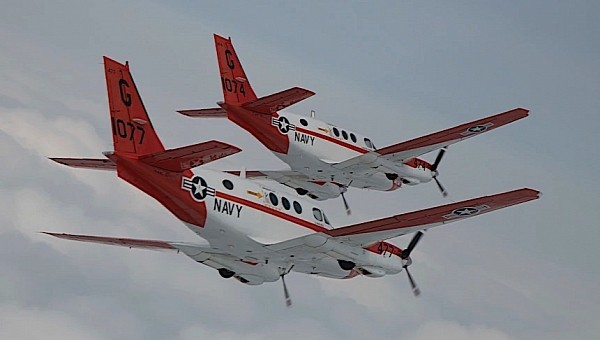There’s a good chance many of you know what to associate the name T-54 with in a blink of an eye. You’ve heard about it in school, seen it in documentaries and movies, and probably even read a lot of literature on the subject. It may not be as famous as the WWII-era T-34, but it’s still a force to be reckoned with.
T-54 is the name of a Soviet main battle tank that entered service in 1947, shortly after the Second World War ended, and at a time of heightened tensions between the West and East military blocks.
By all accounts, it’s the most successful tank ever made, with some 100,000 of them rolling off production lines in Soviet Russia and elsewhere. Even if it didn’t get to fight in the biggest conflict this world has ever seen, the tank did see a lot of action pretty much everywhere else: it was deployed in almost all major conflicts, from the Vietnam War to a long list of smaller skirmishes between nations and civil wars. Some can even be seen in Ukraine, fighting the war of our days.
Well, know that the name T-54 will soon apply to a new American aircraft as well, to be fielded by the U.S. Navy for multi-engine turbo-prop pilot training. At the time of writing, the Navy uses something called the T-44 Pegasus for these tasks. A variant of the Beech King Air B90, it has been around since the late 1970s, meaning an updated platform was needed.
This week the Navy said it selected Textron Aviation to build the Pegasus replacement, and it’ll be called T-54A METS (multi-engine training system). Just like the one before it, it will be used as a single platform to train pilots to fly a variety of aircraft, including the V-22 Osprey, E-2D Hawkeye, C-130 Hercules and P-8 Poseidon.
The plane, which should start active duty next year, comes with a pressurized cockpit, capable of holding three people on two side-by-side seats and a jump seat. Pilots will be able to use multifunction displays, radios, GPS, and radars, meaning pretty much all the gear they’re likely to encounter once they're inside a real operational Navy machine. As a touch of high-tech, the latest avionics, virtual reality and augmented reality will also come with the package.
The Navy says it awarded Textron a contract for ten aircraft, with a base value of $113.1 million. If all goes well, the military branch could activate the contract’s options that may bring the total fleet to 64 aircraft and $677.2 million.
The first ten are supposed to become operational by 2026, and only from that point onward will the Navy begin retiring the Pegasus. At the time of writing, there is no info on the exact technical specifications of the T-54A METS trainer.
By all accounts, it’s the most successful tank ever made, with some 100,000 of them rolling off production lines in Soviet Russia and elsewhere. Even if it didn’t get to fight in the biggest conflict this world has ever seen, the tank did see a lot of action pretty much everywhere else: it was deployed in almost all major conflicts, from the Vietnam War to a long list of smaller skirmishes between nations and civil wars. Some can even be seen in Ukraine, fighting the war of our days.
Well, know that the name T-54 will soon apply to a new American aircraft as well, to be fielded by the U.S. Navy for multi-engine turbo-prop pilot training. At the time of writing, the Navy uses something called the T-44 Pegasus for these tasks. A variant of the Beech King Air B90, it has been around since the late 1970s, meaning an updated platform was needed.
This week the Navy said it selected Textron Aviation to build the Pegasus replacement, and it’ll be called T-54A METS (multi-engine training system). Just like the one before it, it will be used as a single platform to train pilots to fly a variety of aircraft, including the V-22 Osprey, E-2D Hawkeye, C-130 Hercules and P-8 Poseidon.
The plane, which should start active duty next year, comes with a pressurized cockpit, capable of holding three people on two side-by-side seats and a jump seat. Pilots will be able to use multifunction displays, radios, GPS, and radars, meaning pretty much all the gear they’re likely to encounter once they're inside a real operational Navy machine. As a touch of high-tech, the latest avionics, virtual reality and augmented reality will also come with the package.
The Navy says it awarded Textron a contract for ten aircraft, with a base value of $113.1 million. If all goes well, the military branch could activate the contract’s options that may bring the total fleet to 64 aircraft and $677.2 million.
The first ten are supposed to become operational by 2026, and only from that point onward will the Navy begin retiring the Pegasus. At the time of writing, there is no info on the exact technical specifications of the T-54A METS trainer.






